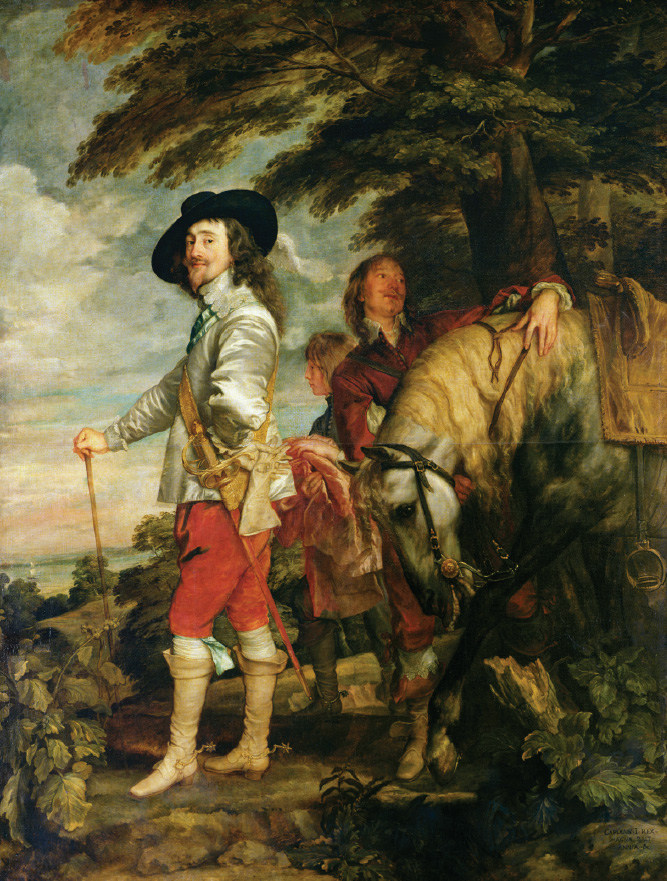A History of Western Society: Printed Page 490
A History of Western Society, Value Edition: Printed Page 503
Absolutist Claims in England

In 1588 Queen Elizabeth I of England (r. 1558–1603) exercised very great personal power; by 1689 the English monarchy was severely circumscribed. A rare female monarch, Elizabeth was able to maintain control over her realm in part by refusing to marry and submit to a husband. She was immensely popular with her people, but left no immediate heir to continue her legacy.
In 1603 Elizabeth’s Scottish cousin James Stuart succeeded her as James I (r. 1603–1625). King James was well educated and had thirty-five years’ experience as king of Scotland. But he was not as interested in displaying the majesty of monarchy as Elizabeth had been. Urged to wave at the crowds who waited to greet their new ruler, James complained that he was tired and threatened to drop his breeches “so they can cheer at my arse.”11
James’s greatest problem, however, stemmed from his absolutist belief that a monarch has a divine right to his authority and is responsible only to God. James went so far as to lecture the House of Commons: “There are no privileges and immunities which can stand against a divinely appointed King.” Such a view ran directly counter to English traditions that a person’s property could not be taken away without due process of law. James I and his son Charles I (r. 1625–1649) considered such constraints intolerable and a threat to their divine-right prerogative. Consequently, bitter squabbles erupted between the Crown and the House of Commons. The expenses of England’s intervention in the Thirty Years’ War, through hostilities with Spain (1625–1630) and France (1627–1629), only exacerbated tensions. Charles I’s response was to refuse to summon Parliament from 1629 onward.